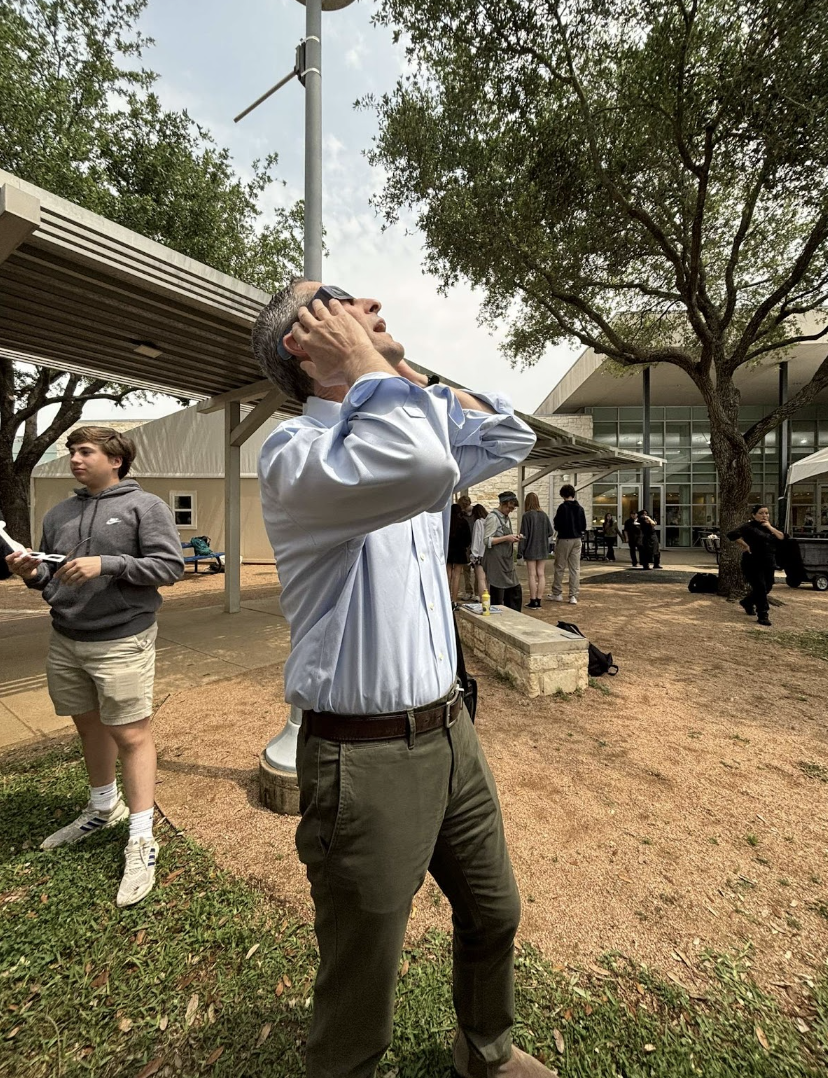
Since the first of a series of destructive wildfires erupted near the Palisades neighborhood in Los Angeles on Jan. 7, 2025, only two months have passed. The Los Angeles community—and the broader United States—has begun transitioning from shock and emergency relief to long-term recovery and prevention.
As investigations into the causes and damages continue, new questions have arisen about the role of climate change in future wildfire behavior. A prior wet season in Los Angeles led to a surge in plant growth, which later dried out during a drought, creating ideal conditions for wildfires. Santa Ana winds, dry and fast-moving gusts that blow from the mountains to the coast, further exacerbated the situation. These winds can cause flames to spread quickly and intensely. Although the immediate cause of the fires remains under investigation, it is believed that dry vegetation and these powerful winds contributed significantly. Something as small as a discarded cigarette could have sparked the flames.
Southern California Edison, a local power company, is facing at least five lawsuits accusing it of causing fires near the Eaton neighborhood through a malfunctioning power tower. Despite video evidence circulating online showing the tower on fire, the company has denied responsibility, stating there were “no interruptions or operational/electrical anomalies in the 12 hours prior to the fire’s reported start time until more than one hour after.”
Beyond the $250 billion in estimated physical damage, residents continue to suffer emotional and psychological losses. Many are grieving loved ones, pets, and irreplaceable possessions, and some are coping with post-traumatic stress disorder.
In the wake of the disaster, social media has played a major role in mobilizing recovery. Influencers and activists have launched nonprofit initiatives to collect donations and distribute essential goods to those in need. California Gov. Gavin Newsom coordinated a multi-pronged state response, postponing the tax deadline, fast-tracking federal cleanup and aid, and enacting measures to prevent price gouging. He also deployed more than 16,000 rescue personnel and 2,500 National Guard members—efforts considered among the most proactive and effective in recent disaster responses.
Climate change is widely linked to the increasing severity of natural disasters like wildfires. While wildfires can have ecological benefits—such as returning nutrients to the soil and stimulating new growth—climate change has intensified them. Fires are now burning longer, spreading faster, and happening more frequently. In this case, climate change likely fueled the Santa Ana winds, which accelerated the fires and made them more destructive than in previous decades.
Two months later, Los Angeles residents are still rebuilding—and adapting to a world where climate change and extreme weather are becoming a part of daily life.







Avery • Mar 31, 2025 at 9:58 pm
So interesting!! Thanks Sophia